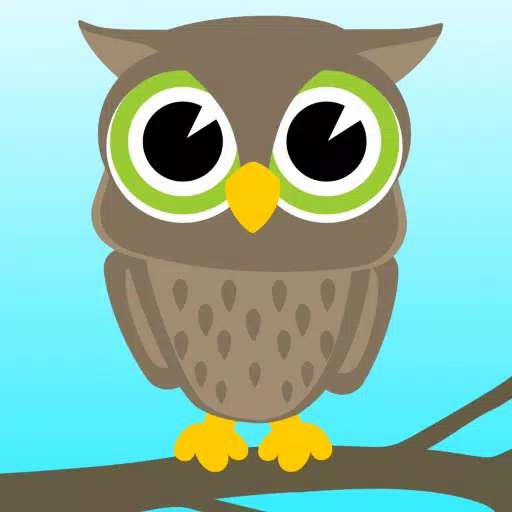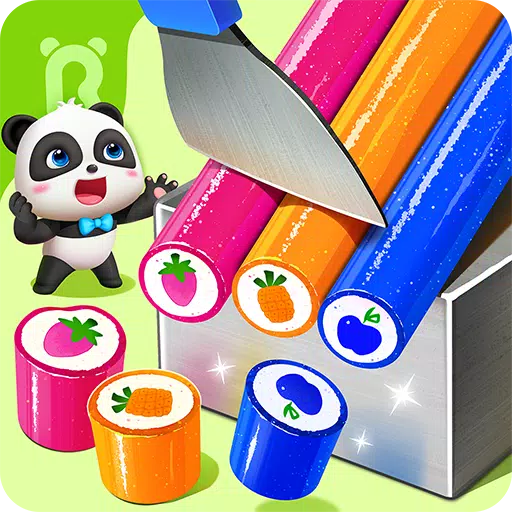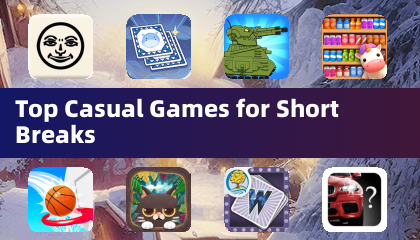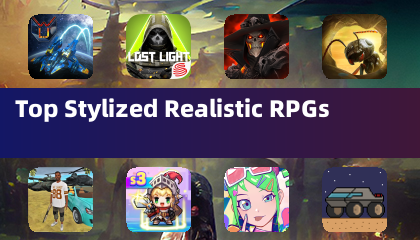
Application Description
Learning to read Spanish and mastering the alphabet is a crucial skill that lays the foundation for a child's educational journey and future success. It's essential to start this learning process early, ideally during preschool and the initial years of elementary school, as it forms the basis of all academic and professional endeavors in later life.
Children today are digital natives, naturally drawn to computers and tablets. This affinity for technology presents a unique opportunity to reinforce and enhance what they are learning in school through interactive digital tools.
Method
Our method, "Learn to Read Spanish with Phonics," is tailored for children aged 3 to 6 or 7, and even adults looking to improve their pronunciation. The program is structured into a section for tracing letters and 30 lessons that progressively introduce vowels and consonants, starting with L, M, S, T, P, N, D, F, H, C, Q, CH, G, GUE, R, -rr-, B, V, J, GE, GUE, Y, Z, CE, LL, X, K.
Each lesson includes 11 engaging games, available at two difficulty levels, making it an ideal resource for parents and teachers to help children practice and master their first syllables and words in Spanish. The focus is on encouraging children to listen and engage with the exercises, even if they don't fully understand everything at first. Learning to read is a gradual process that may take over a year, so we recommend daily practice, revisiting previously learned material, and adjusting the exercises to suit the child's pace and level. It's crucial that this learning feels like a game to keep children motivated and engaged.
Levels
All games within our program offer two difficulty levels, which can be adjusted at any time to match the child's progress. Children can pause and resume their games at their convenience. As they successfully complete games, they earn fruits, which serve as a fun incentive. The first level is designed for children as young as three, and sometimes even younger with assistance from parents or educators. At this level, games can be solved with the help of the instructions. The second level presents more complex challenges, encouraging children to solve them independently while ensuring the learning experience remains enjoyable.
As a parent or guardian, it's important to set the difficulty level according to the child's abilities and avoid pressuring them to complete or advance levels too quickly.
Abilities
Our program helps develop several key skills:
- Visual and auditory memorization
- Identification and association
- Discrimination
- Understanding
- Literacy
Options
On the home screen, users can:
- Enable or disable background music
- Choose to play in full screen
Within the Tikis menus, additional options include:
- Changing the font to uppercase, lowercase, or cursive handwriting
- Enabling or disabling automatic activity, which automatically switches to another game after a set number of exercises
- Shuffling the syllables to mix up the learning experience
Achievements
The program allows for up to three profiles (avatars) to be created for different children. Each profile tracks progress at various levels, including correct and incorrect answers, represented as a percentage and visually as fruits. These fruits serve as a fun motivator for children to continue playing. When fruits are collected in the basket, children can click on it to give them to little aliens.
For a more detailed view of progress, users can press the reports button on the Tikis screen.
Games
NEW THE ALPHABET:
Children can listen and learn to write each letter of the alphabet, syllables, and some words in different modes: trace, copy, and free mode. They can choose between three types of letters: uppercase, lowercase, and handwriting.
For each lesson, there are 11 engaging games:
- DOLPHIN: Presentation of the word and its parts.
- BALLOONS: Identification of the letters of the syllable.
- CLOUDS: Trace the shape of each syllable.
- CRABS: Formation of syllables from letters.
- BUTTERFLIES: Identification of syllables.
- BEES: Identification of the initial syllable of words.
- SNAKE: Formation of words using syllables.
- MONKEYS: Formation of words from letters.
- PARROTS: Recognition and word reading.
- MOUSE: The order of the words and sentences reading.
- SNAILS: Formation of sentences from words.
For any feedback or technical queries, please contact us at [email protected].
Educational



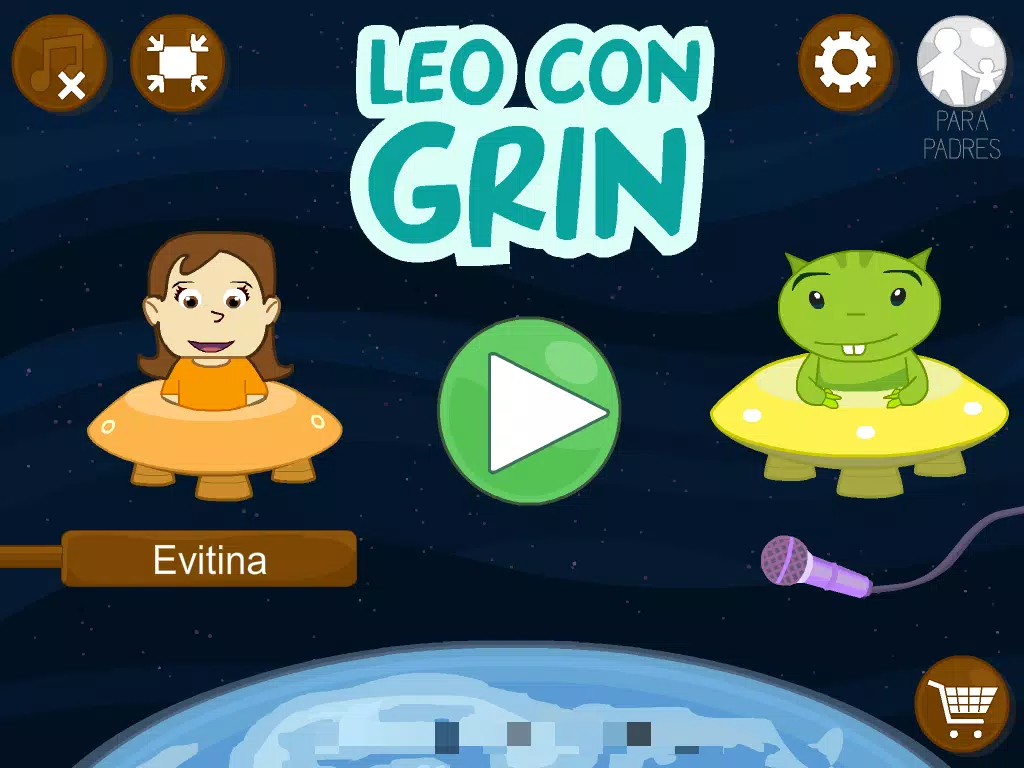
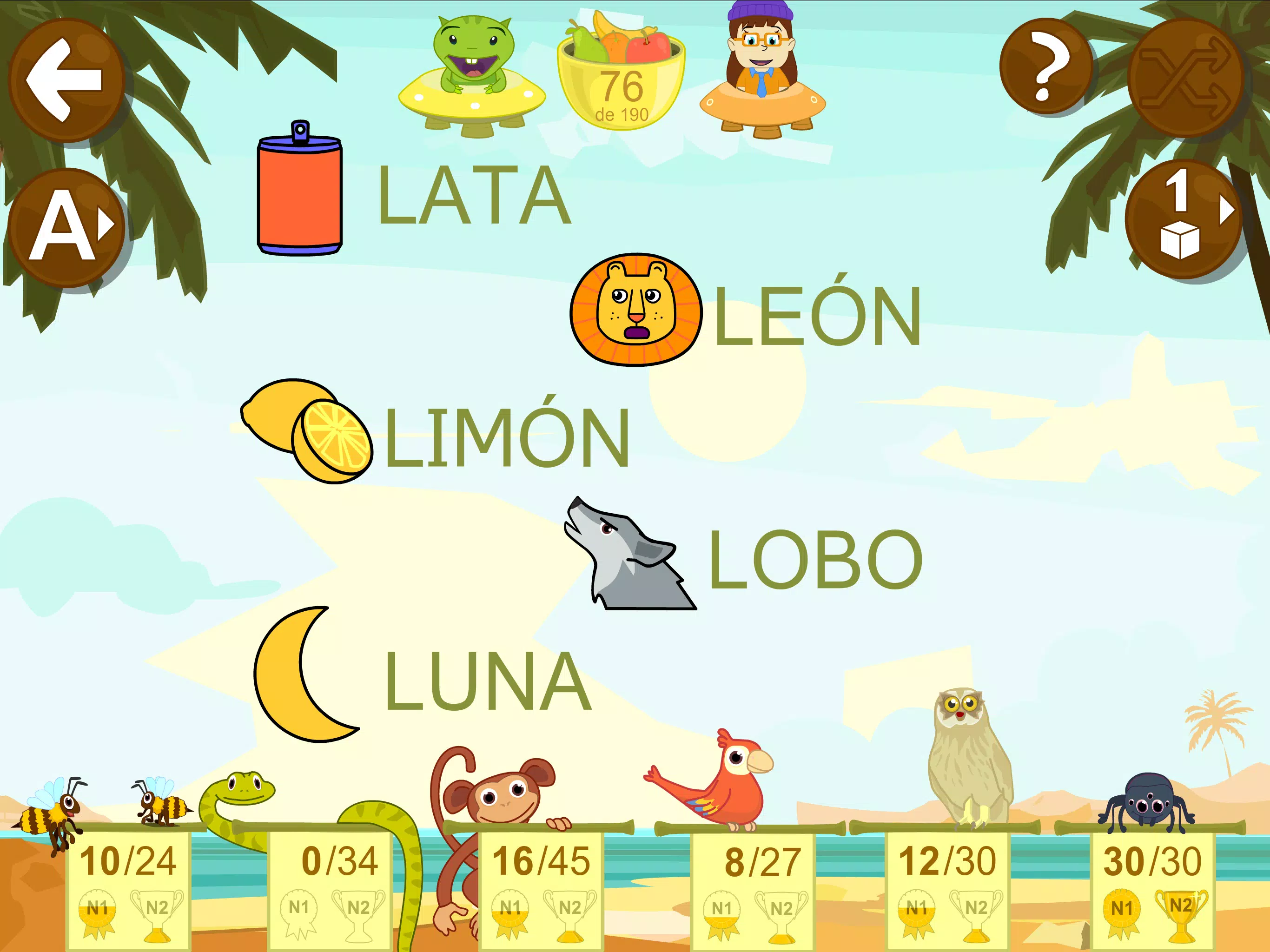
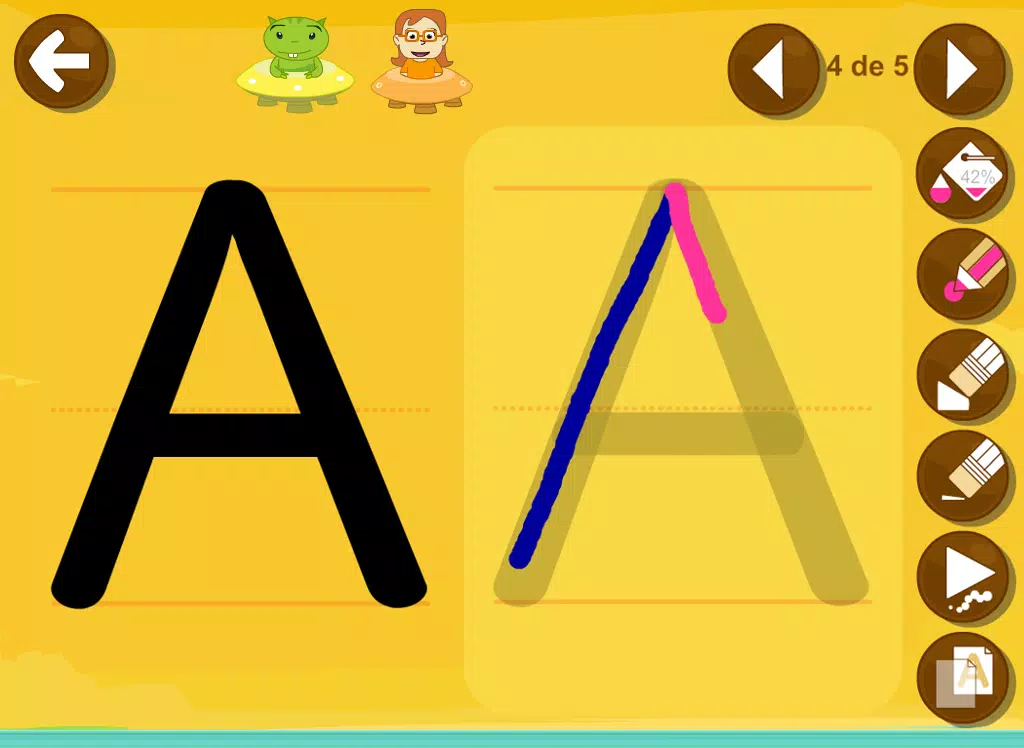
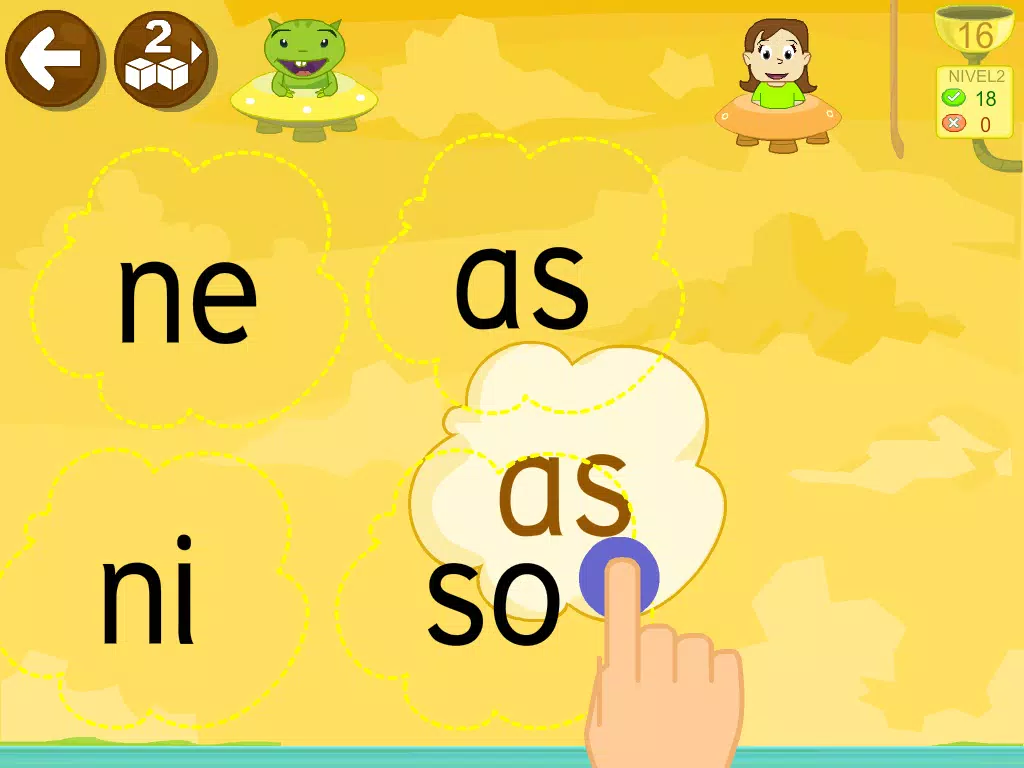
 Application Description
Application Description  Games like Learn to read Spanish
Games like Learn to read Spanish 
